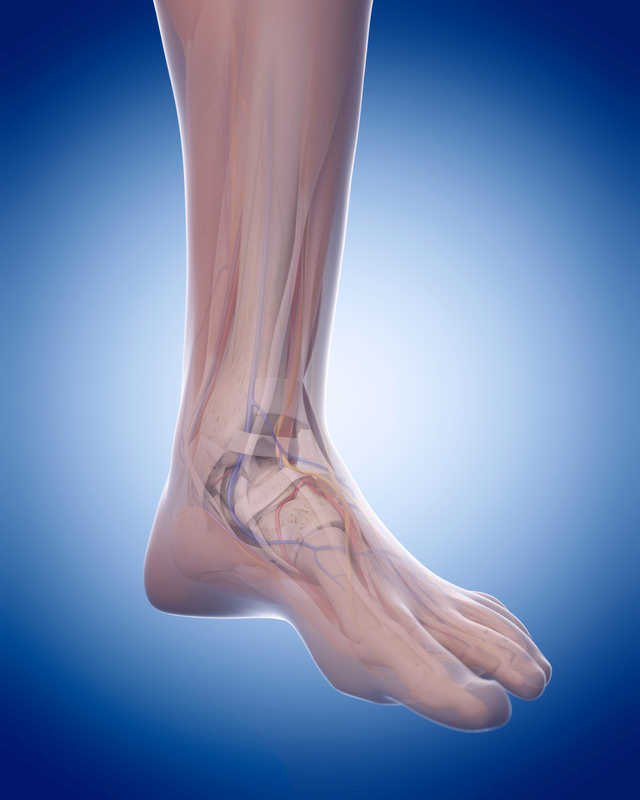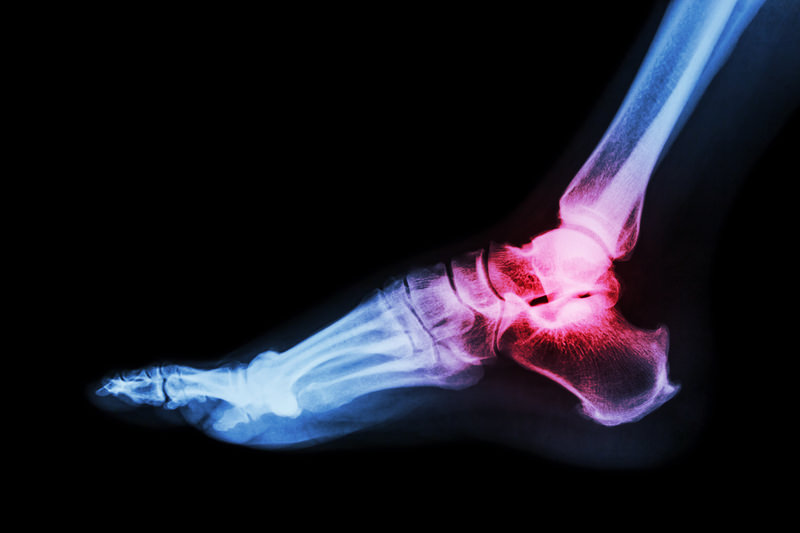Foot pain is not an inevitable fact of life because a foot and ankle surgeon can help. Unfortunately, many people choose to limp along instead of seeking the help of a professional until the pain becomes unbearable. The following is a guide to common foot issues as well as how to know if you need to see a specialist.
Foot Injuries
Sports are a primary cause of foot and ankle injuries. If left untreated, a foot injury can become chronic and leave you permanently sidelined from your favorite activity. If you are experiencing persistent pain, swelling, or numbness following a sports-related foot injury, you should consult a foot and ankle specialist. These symptoms are signs of foot damage. A foot and ankle surgeon will help determine the extent of the injury and recommend appropriate treatment options.
Unexplained Leg Pain

Bunions
Bunions are a common foot deformity where the big toe pushes into the toe next to it, which causes the joint to enlarge and protrude. Bunions can be caused by stress in the foot, arthritis, and even wearing ill-fitting shoes. There are several surgical options available for removing bunions. These include permanently joining the bones of the affected joint, removing part of the bone to straighten the toe, removing tissue from around the toe joint, and realigning the bone between the big toe and the back of the foot. Your foot doctor can recommend the appropriate surgical technique to correct the deformity, so you can walk and stand again without pain.
Bone Spurs

Warts and Other Skin Growths
Plantar warts are a common foot condition. The warts are caused by a virus and are contagious. Over-the-counter remedies are often ineffective at getting rid of warts long-term. Treatments designed to burn off or freeze the wart can even cause injury if not used properly. A foot and ankle surgeon can recommend the appropriate method for removing your plantar warts. Common treatment methods include salicylic acid, cryotherapy, and laser treatment.
Tendonitis

Neuropathy
Neuropathy is a type of nerve damage. The most common symptoms include a burning sensation, numbness, or sharp pains. Diabetes is one of the most frequent causes of neuropathy. Individuals with neuropathy are more prone to foot injuries and ulcers, which can lead to serious infections and even amputation. It is imperative that anyone with diabetes see a foot and ankle specialist at least once a year to monitor their foot health.
When You Should See a Foot and Ankle Surgeon

- Pain lasting for more than 72 hours
- Pain that gets worse with walking or exercise
- Pain when you are resting or when your legs are elevated
- Swelling in one leg or foot that last for more than 24 hours
- A foot deformity that suddenly worsens
- A flattening of your arches
- Any infection
- Any type of wound, ulcer, or blister that does not heal or that you did not feel
- Loss of sensation in your feet
- Pain or injury that causes you to limp
How To Be Kind To Your Feet

- Maintain a healthy weight to reduce the amount of stress on your feet. Even 20 extra pounds can alter your gait and the way your feet function.
- Avoid wearing high heels. Bunions, blisters, deformed toes, and back pain are a high price to pay for fashion.
- Wear the right size shoes. Our feet change size and shape as we age. A good pair of shoes should allow approximately half an inch of room between the longest toe and the end of the shoe.
- Give yourself a break. If you work at a job that requires you to stand all day, make it a point to sit during your break and lunch.
- Trim your toenails correctly. Nails should be cut straight across and should not be rounded to match the shape of the toe.
If you are experiencing any type of foot or ankle issue, contact our office today to schedule an appointment for a consultation with a top foot and ankle surgeon in the area. At our office, we place emphasis on minimally invasive treatments so that you can return to work and your other normal activities as quickly as possible. Our medical staff has access to the latest technologies in the foot and ankle field, so you can be sure that you are getting the best possible care.













